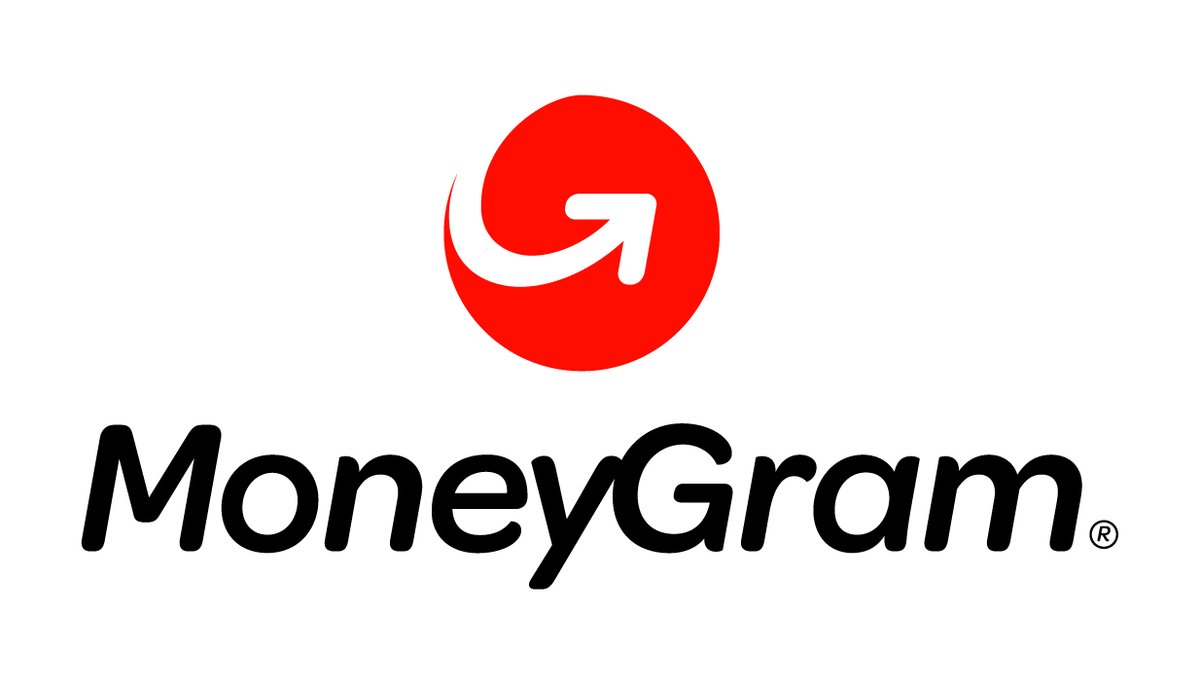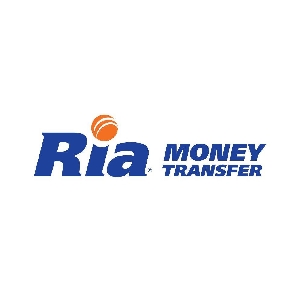Hair with curls always strongly attracts people and this has been the most used hairstyle for decades. Although curly hair can minimize or hide the weak points of the face shapes, many people are having trouble with how to define curls of their hair. If you are among those people, don’t worry, this article has information that you will find valuable.

How to define curls: Top 4 tips to preserve your hair alignment
1. How to define curls: Overview about curly hair
Do you know that there are more than 3 types of curly hair available? The world of curly hair may be much bigger than you have expected. Don’t be confused, this part will help you explore this hairstyle.
1.1. How to define curls: What is hair with curls?
Curly hair is the hairstyle that has strands with waves. The curls are in multiple shapes, ranging from twists and crimps to waves and kinks. The flatter or more oval-shaped the follicle is, the curlier your hair becomes. As all the shapes of curls are stunning, people always want to know How to define curls.
Curly hair can be natural or man-made. Regardless of the hair being long or short, the curls appear to make it more stunning and special. Curly hair is considered to fit more face shapes than other hairstyles. Furthermore, the curls on hair can also match perfectly with a wide range of fashion styles.

How to define curls: What is hair with curls?
1.2. How to define curls: The typical types of curls
As mentioned before, curly hair has a wide range of types available. That is the reason why this hairstyle is adaptable and becomes the most loved style worldwide. Here are some prominent types:
- Wavy curly hair: This hair type has relaxed S-shaped volumes on the hair strands. Usually, the roots of hair are straighter, the middle part is wavy and the ends are drier. This hair type brings a girly look for users, both for short hair or long hair. As this is the most relaxed pattern of curls, people always wonder how to define curls and keep the waves stable.
- Loose curly hair: This hair type has consistent and more defined S-shaped strands. This curly hair type seems to have more uniform alignment that the coiling shape extends from the roots till the ends. This hair type offers an adorable vibe of girls.
- Tight curly hair: Normally, this hair type has small corkscrew-like curl pattern throughout the strands. Each ringlet tends to be lighter in weight in comparison with other types. This hair type fits well the cool fashion style such as the street style, denim clothes…
- Coily curly hair: This hair type has the strands with Z pattern tightly coiled from the roots till the ends. This hair type is considered to be formed naturally, mostly in Africa and South America. This hair type can be called the zig-zag curly hair.

How to define curls: The typical types of curls
1.3. How to define curls: The features of hair with curls
Before answering the question how to define curls, you should have a deep understanding about the characteristics of this hairstyle. This part includes the lists of pros and cons of curly hair in general.
The advantages of curly hair:
- Diversified types offered: As mentioned in the previous part, there are a lot of curl types available. The typical curly pattern can even be modified into another type by loosening or tightening the coils or volumes. Thus, the hair with curls is adaptable.
- Having fashionable look: This hairstyle will never be out of date as each type of curls can fit well with different cloth styles. For instance, the body wavy vs straight hair type can match the long dresses. The tight curls can go with denim jackets and other street clothes.
- Reducing the weak points on face shapes: Curly hair is considered to be the most relevant hairstyle for faces with weak points. The waves and coils of the hair strands will naturally hide the big size of the face or the big jaw. Otherwise, curly hair simply has an unexplainable attraction to people.

How to define curls: The features of hair with curls
The disadvantage of curly hair:
- Hard to take care of: Not to mention about the people having natural curly hair, the ones who have man-made curls would find it hard to keep the alignment of strands for a long time. How to define curls is still a challenge and hair care of hair with curls requires a great amount of money, effort and time.
- Need certain time to style: For the ones having natural curls, you may have to spend time making your hair strands aligned into simple braid out or twist outs. Meanwhile, people also need more time to style the straight hair into curly hair, not only how to define the curls but also how to keep the coils at the same orientation beside how to define curls.
- May have a bad effect on the scalp and hair strands: This is the pro for man-made curly hair. When styling the curls, the use of high temperature as well as the appliance of chemical products is required to keep the shape of strands. Therefore, the real hair strands and the scalp of the user would be unexpectedly affected.

How to define curls: pros and cons of hair with curls
2. How to define curls: How are curls made?
Do you have natural curls or not? If you are into this hairstyle but unfortunately do not have natural curly hair, we have the guideline for you to make curls at home. The answer for the question how to define curls is included in this part as well.
2.1. How to define curls: Methods to make hair with curls
Beside going to the hair salons, you can definitely make curls on your hair at home with simple products required. Before knowing how to define curls, let’s go to the guideline of making curly hair.
Preparation:
- Moisturizing shampoo and deep conditioner or hair oil as a replacement, hair spray
- Hair styling tools: Dryer, curling iron
- Hair accessories: hair ties, hair bonnet
Steps to make curls at home:
- Step 1. Washing your hair: Use the shampoo to wash your hair properly. Apply the conditioner after washing to hydrate the strands.
- Step 2. Getting your hair dry: Firstly, use a cloth to remove the water drops on your hair. Use a dryer to make your wet hair 90% dry. After that, gently brush your hair to untangle the strands or remove the hair knots. Finally, apply a certain amount of deep conditioner or hair oil from the roots till the ends of hair to protect your strands from the heat effect and make them get aligned better.

How to define curls: Methods to make hair with curls
- Step 3. Making curls for your hair: There are two methods offered in this step. You can either use the heat- styling tools or have no heat impact on your hair.
– Styling method with the use of heat: After applying the protection on your hair strands, use a curling iron to make volumes. Firstly, divide the hair into small sections, starting one by one. Place the curling iron about 3 centimeters from the roots of your hair, then turn around to the outside until the ends of strands. Make sure to keep the same direction of turning and do the same till the last section of hair.
– Styling method without use of heat: If you do not want to have the bad effect from the high temperature of curling iron and have a greater amount of time, you can go for this method. Separate your hair into small sections and make foam rollers, rag rollers, braids, buns or pin curling on each section. Tie at the ends of the hair to keep fixed alignment. Put on the bonnet and keep all the hair strands overnight, wait for the result in the next morning.
- Step 4. Finishing the process: After getting the curls on your hair, make sure the strands in each section are blended with the others. The final step is using a sea salt spray to add texture and volume on your hair. This is also the product for the question how to define curls. Spraying makes your curly hair look more natural, stay more firm and durable.
2.2. The reason why curls are hard to maintain and define
One of the most important factors in keeping the curls defined is hydration. The curly hair gets dry faster than the straight hair as the strands of curly hair do not “stick” closely to each other than the straight one. Therefore, the curls can easily get dried by the effect of the atmosphere, the sun rays… during the day.
Moreover, it is considered that applying the hair oil or other moisturizing products on curly hair is more challenging than the straight hair. As the more you apply the hair oil on the curly strands, the faster the hair gets straight.

The reason why curls are hard to maintain and define
2.3. How to define curls: The maintenance of curls
Here is the solution for the question that a lot of people are worried about: “How to define curls”. Follow these tips and you will soon have durably defined curls on your hair.
- Reducing washing time: Although your hair should be washed regularly, too much washing will also stretch the hair strands. Thus, you just wash the curls when it is necessary. If you can wash your straight hair three to four times a week, you should go for washing curly hair twice a week.
- Drying your curls carefully: The high temperature and strong wind from the dryer also make your curls messy. Therefore, after washing hair, you should dry the curls gently. You can even cupping sections of hair in the palm of your hand and scrunching upwards to keep the curls.
- Avoiding brushing the curls: When you comb your hair with a brush, especially the tight-teeth brush, the strands will be stretched out significantly and the curls would be less defined. Thus, you should untangle the curls by hand softly instead of using a hair brush.
- Protect the curls while sleeping: You should put on a bonnet before going to bed every night. The curls will be kept in shape and hydrated thanks to the silk cloth of this hat. Otherwise, if you do not have a bonnet, use a silk scarf as a replacement.

How to define curls: The maintenance of curls
3. How to define curls: Another option for hair with curls
After acknowledging how to define the curls but you find the tips complicated and time-consuming or irrelevant to your situation, there is another option to have curly hair with a natural look.
3.1. How to define curls: Curly human hair extensions
As we all know, both the man-made and natural curly hair need certain care to keep the alignment. Furthermore, the process to form man-made curls would possibly have a bad effect on the natural hair strands and the user’s scalp. Thus, you can purchase a curly human hair extension product as a solution for those issues.
The hair extensions market is booming these years in Asia, Europe, America and Africa continents. There are countless items of curly human hair extensions such as tape in hair, clip in hair, wig or lace frontal/closure… which can satisfy different demands of consumers. The human hair extensions curly not only provide a natural look when put on but also protect the real hair scalp of users.

How to define curls: Curly human hair extensions
3.2. Where can I purchase curly human hair extensions?
The Asian hair factories is one of the top ranking curly hair extensions suppliers in the world as they have high quality source of hair material. K-Hair Factory is one of the flagship wholesale hair vendors suppliers in this continent with committed curls which are processed carefully with modern machinery and unique technique. You will not have to worry about how to define curls as the curly hair extensions have firm and fixed volumes. The staff of this factory are supportive and available 24/6 to help you find the best human hair extensions curls with a reasonable price.
Website: K-Hair Factory.

K-Hair Factory: Reliable supplier of human hair extensions curls
K-Hair: #1 Vietnamese Hair Factory is regarded as the leading and the most reliable hair vendor supplying Vietnamese hair. With more than 20 years of experience in this industry and 10 years of experience in penetrating the global hair market, K-Hair Factory has now become the most trusted vendor to many big hair wholesalers and retailers worldwide.
Contact us here:
- Address: 10A, 171 Nguyen Ngoc Vu, Cau Giay, Hanoi, Vietnam
- Phone: +8496 789 4448 (WhatsApp)
- Email: info@k-hair.com
- Facebook: https://www.facebook.com/KHairFactoryVN/
- Youtube: https://www.youtube.com/c/KHAIRFACTORYBESTVIETNAMHAIR
- Whatsapp: +84 96 789 4448















No comments yet